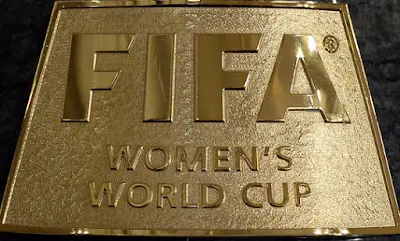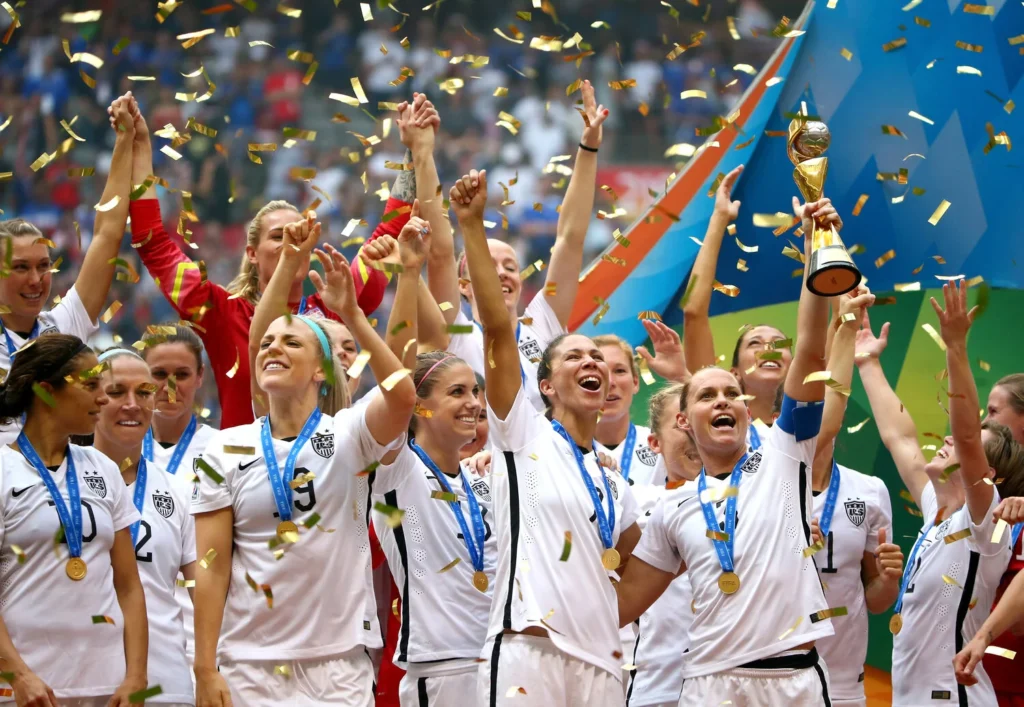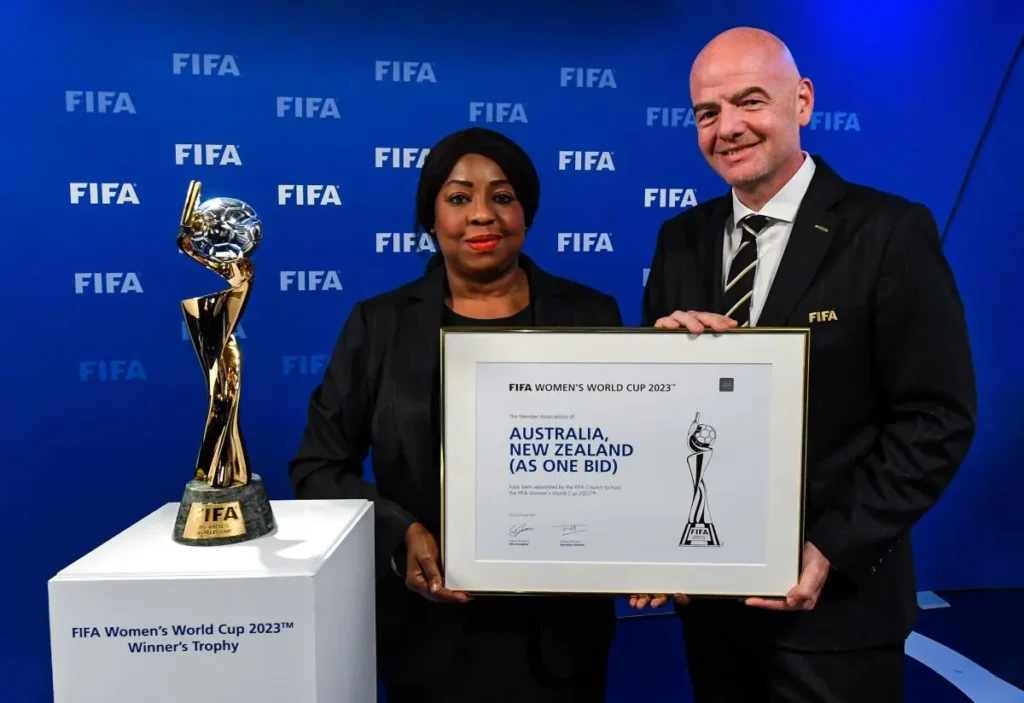Raising the Bar: The History of FIFA Women’s World Cup
The FIFA Women’s World Cup has come a long way since its inception in 1991, transforming from a small-scale tournament with limited media coverage into a global sporting event that attracts millions of viewers from around the world. The tournament has played a crucial role in the growth and development of women’s football, providing a platform for female footballers to showcase their skills and athleticism on the world stage. With each edition of the tournament, the bar has been raised higher, with increased investment, higher standards of play, and a growing cultural impact. In this article, we take a deep dive into the history of the FIFA Women’s World Cup, examining its origins, notable moments, and cultural significance, and reflecting on its potential for further growth and impact in the future. Join us on a journey through the history of this incredible tournament, as we explore how it has raised the bar for women’s football and transformed the sport forever.
Early Years: Origins and Growth of the FIFA Women’s World Cup

The early years of the FIFA Women’s World Cup saw the tournament’s inception in 1991, with just 12 teams competing in China. The United States won the first tournament, and the tournament expanded to 16 teams for the 1995 edition. Throughout the 1990s, the tournament faced various challenges, including a lack of funding and support, as well as opposition to women’s football in some countries. Despite these challenges, the FIFA Women’s World Cup continued to grow in popularity and prestige, with more teams competing and increasing media coverage. The early years of the tournament set the stage for its maturation and expansion in the following decades, making it one of the premier international events in women’s football.
Maturation of the Tournament: Expansion and Notable Moments
As the FIFA Women’s World Cup entered the new millennium, the tournament continued to grow in size and scope. The number of teams competing in the tournament increased to 24 in 2015 and 32 in 2019, reflecting the growing interest and participation in women’s football worldwide. Along with the expansion of the tournament, there were also several notable moments that helped to elevate the tournament’s profile, including:
The emergence of dominant teams such as the United States, Germany, and Japan
The introduction of new playing styles and tactics
Record-breaking attendances at matches, with the final of the 1999 tournament drawing over 90,000 spectators
The increased media coverage of the tournament, with matches broadcast to millions of viewers around the world.
These and other notable moments helped to establish the FIFA Women’s World Cup as one of the premier international sporting events, with a level of excitement and drama that rivals that of the men’s tournament.
FIFA Women’s World Cup as a Global Event: Media Coverage and Cultural Impact
The FIFA Women’s World Cup has become a global event with significant cultural and media impact. As the tournament has grown in size and prestige, so too has the media coverage of the event. Major broadcasters from around the world now televise matches, with viewership figures often surpassing previous records. Additionally, social media platforms have played a key role in promoting the tournament, with hashtags and live streaming of matches helping to engage a wider audience.

The tournament has also had a significant cultural impact, particularly in countries where women’s football was previously neglected or even banned. The FIFA Women’s World Cup has helped to challenge negative stereotypes and perceptions of women’s football, and has encouraged more girls and women to take up the sport. The tournament has also provided a platform for female footballers to showcase their skills and athleticism on the world stage, helping to raise the profile of women’s football and promote gender equality in sport.
Future of the FIFA Women’s World Cup: Potential for Growth and Impact
The FIFA Women’s World Cup has come a long way since its inception in 1991, but there is still potential for further growth and impact in the future. The tournament’s continued expansion is one area of potential growth, with the possibility of further increasing the number of teams and matches in future editions. Additionally, there is potential for the tournament to generate more revenue through increased sponsorship and broadcasting deals.
The FIFA Women’s World Cup also has the potential to have a wider impact beyond just football. The tournament can be a catalyst for social and cultural change, promoting gender equality and empowering women and girls around the world. Additionally, the tournament can inspire the next generation of female athletes and promote a healthier lifestyle and physical activity.

To achieve these goals, there needs to be continued investment and support for women’s football at all levels, from grassroots development to international competition. Additionally, efforts should be made to address the pay gap and other inequalities that still exist in the sport, ensuring that female footballers are given the same opportunities and recognition as their male counterparts.
Overall, the future of the FIFA Women’s World Cup is bright, with the potential for further growth and impact both on and off the field.
FIFA Women’s World Cup 2023
The FIFA Women’s World Cup 2023 is set to be one of the most anticipated sporting events of the year, with the best women’s national football teams from around the world competing for the coveted trophy.

The tournament will be hosted by Australia and New Zealand, marking the first time that the event will be held in the southern hemisphere. The event is expected to draw large crowds and generate significant media coverage, helping to promote women’s football and inspire the next generation of female athletes. With the continued growth and development of women’s football, the FIFA Women’s World Cup 2023 is sure to be an exciting and historic event that will further cement the tournament’s significance in the world of sport.





